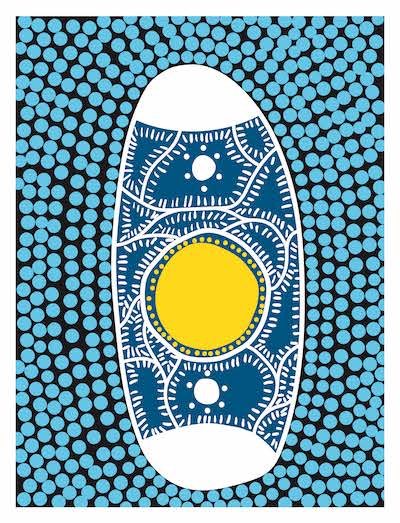
Director of Co-curricular, Mr Steve O'Donnell
Vaping in Schools
The increased prevalence of vaping in schools and broader society has been an ongoing concern for parents, carers, staff and students. Vapes or eCigarettes have made their way into popular culture with young people believing the marketing hype and pressure from their peers that vaping is not as dangerous as cigarette smoking.
At Waverley College, we have clear expectations with all students in regards to vapes. We also provide many opportunities within our Wellbeing and PDHPE programs for our students to have personal development experiences in many areas, so that they are able to make good decisions if they are ever in a situation where they are being pressured into trying something like vapes. These opportunities are numerous in number, which also include guest speakers who work alongside the staff at the College to reinforce our Wellbeing programs.
As a College, Waverley is committed to the safety and wellbeing of all students. In order to mitigate the prevalence of vape use amongst our students, we have installed vaping detectors in the student bathrooms. These detectors are monitored on an ongoing basis.
Students who are caught bringing vapes to school/ using these will be instantly suspended. Please be aware that the College has a zero tolerance for this behaviour. Please see below some additional information regarding vapes and their danger. I urge you to please discuss this information with your son/s.
Health Risks Associated with Vaping and new Legislative Changes
The use of recreational vapes by Australian school students has been rising in recent years and last week, it was announced that the Australian government will ban the importation of non-prescription vaping products – including those that do not contain nicotine. Minimum quality standards for vapes will also be introduced, including restricting flavours, colours and other ingredients.
Vapes are not water. The main ingredient in vapes is propylene glycol, vegetable glycerine or glycerol. Vapes can contain the same harmful chemicals found in cleaning products, nail polish remover, weed killer and bug spray. They just don’t put it on the pack.
Vapes come in a number of flavours such as blueberry or bubble gum that make them appealing to young people. Many vapes also contain nicotine, the same highly addictive substance found in tobacco cigarettes. Vapes labelled ‘nicotine-free’ can still have high nicotine levels. People can think they are using nicotine-free vapes and can unknowingly quickly develop a nicotine addiction, particularly children.
Better regulation of the supply of vapes is part of the solution, however many students may already have developed an addiction to nicotine by using vapes and will need assistance in identifying triggers to vaping and developing strategies to quit.
Continual education on this issue for teens is critical, so we ask all parents/carers to have an open conversation with your child today about whether they have used vapes in the past, and why it is important not to, or if they are using vapes at present, that you can get support for them to quit through your GP.
Quitline counsellors are also available to answer any questions about vapes on 13 7848 (13 QUIT) from parents/carers or young people, including how to start that conversation with your child.



